2019 Oct 28
When I stepped on the Pearl of the Indian Ocean, there were so many questions upon my sleeves. It was a juxtaposition of clichéd thoughts of Sri Lankan food being much like from the Southern States of India or being all about fish & rice. It was when I was packing my bags in Bombay, my maid very reluctantly advised, “Sir, it is all idli dosa sambhar.” It is when I started to live, breathe & eat like one from Ceylon that I realized Anehhh!!! what a blissful culinary indulgence Ceylon brings to the table.
With what started with the marriage of a Malayali queen to the Kandian King, the holy reunion of the Dutch and the Lankans, what we lovingly call as “Burgher”, the Moors, the Muslims, each one adding their own values of culture and cuisine to this rich island. And what a better place to see it but right from the markets of Lanka. As I believe, a market is the best representation of a country’s way of life; it’s crude, it’s flavourful, it’s rustic, a bit nasty too and unapologetically indigenous.
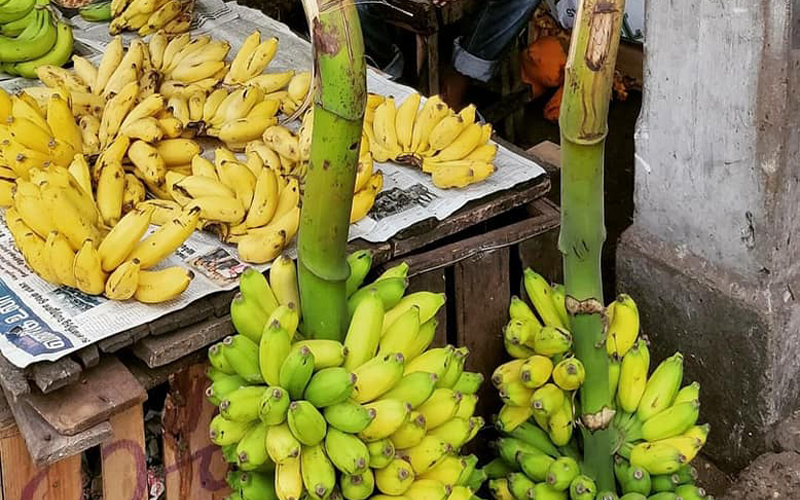
I have walked myself through the various markets of Sri Lanka, but where better to start but Manning Market. Of course, apart from all the local vegetables, the most interesting sight is of entire section dedicated to just bananas! Amidst all the shops, there was this inquisitive merchant who inquired, “Malay, Indian or Singapore?”. Upon confirming my nationality, he got excited, “Tambi, Tamil Terima?” Well! I quickly brushed out the fact that we have 1681 mother tongues and spoke for half an hour about the lovely variants of banana, from Seeni to Ambul, Kolikottu to Cavendish, each banana is different in texture, flavour and is cooked differently. From making banana fritters to cooking plantain curry, each banana has a specific job role. My further conversation with him enlightened me with dozens of facts, “Ambul is cooling, we generally give it to our children during fever, Seeni is good for diabetes and Kolikottu is the food of Almighty”. He indeed was the Guild of Banana! Also, your life is a lie if you didn’t know banana is a herb and not a tree, also its fruits are berries.

Dodge few of those baskets at Manning Market and walk few metres down the road and there awaits Pettah. A lot of my expat friends have complained that there is nothing to see in Pettah except for sarongs, electronics and some dirt cheap sandals. The fact is that they have never whizzed past them and unearthed the real jewel of Pettah! The pulse of Colombo beats here!
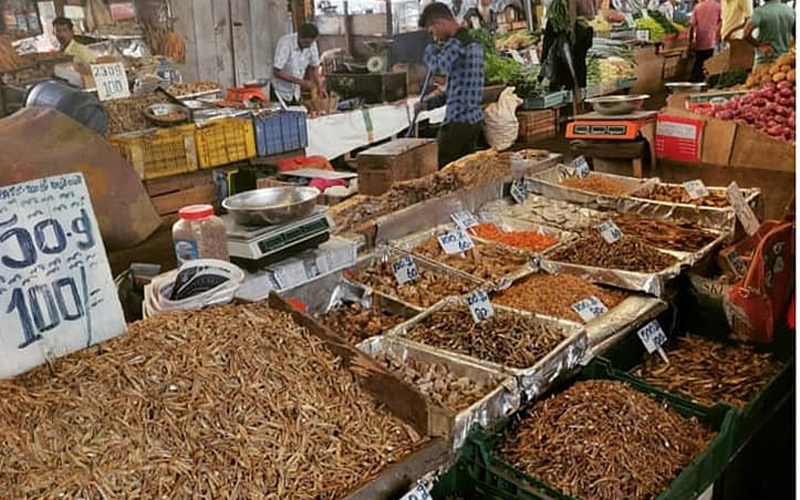 It is a bold display of fresh produce, you see what you eat! Walk into an acquired taste of salted, dried and cured bonito, tuna, shark, garupa, Maldive fish (kata sambol is bae) or prawns (isso) and quickly move into a parallel paradise of fresh mangosteen and bacon avocado. I was on cloud nine! Back in my country, they are exotic ingredients packed fancy and charged a bomb for some shrivelled up remnants and here I am, seeing crates load of them almost in any and every corner of the market. One man’s waste is really another man’s paradise.
It is a bold display of fresh produce, you see what you eat! Walk into an acquired taste of salted, dried and cured bonito, tuna, shark, garupa, Maldive fish (kata sambol is bae) or prawns (isso) and quickly move into a parallel paradise of fresh mangosteen and bacon avocado. I was on cloud nine! Back in my country, they are exotic ingredients packed fancy and charged a bomb for some shrivelled up remnants and here I am, seeing crates load of them almost in any and every corner of the market. One man’s waste is really another man’s paradise.

The fresh inflorescence of banana allures you to make a kesel muwa fry, while the wood apples whispers to be cracked open and devoured with joy, a touch of jaggery to make it better. Lurking in another corner, fiery Sri Lankan Nei-Miris (chilli) deserves your attention, it’s hot, maybe hotter than your Lankan beauties and so do the blissful baskets of antioxidants- love apples, sapota, soursops and of course the mighty Durian. Oh yes! Apart from its craze in South East Asia, my Sinhala brothers here relish it like there is no tomorrow. Was I adventurous to try one out? Not yet, maybe because Anthony Bourdain described it as a combination of dessert, wine, cheese and salted fish.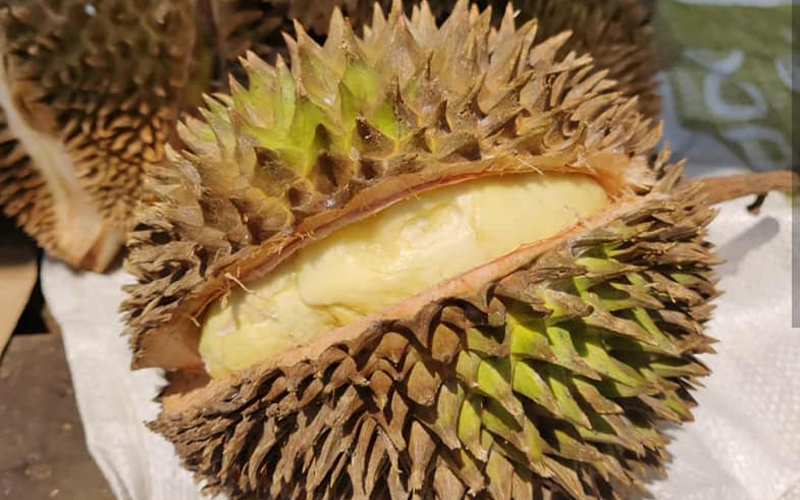 Miles away from Colombo, in the religious abode of Kandy, markets have the same essence, a colourful canvas of fresh produce of vibrant contrasts and adding more to it. Little did you know, Sri Lanka is one of the market leaders in Vanilla, and Kandy produces the highest amount owing to its altitude and micro-climate. With what was brought by the Spaniards and planted in Lanka, boasts of a very competitively priced good quality vanillin. It was also the season of Rambutan, the brother-in-law of litchi, as repulsive it might look, the sweet flesh inside is to die for.
Miles away from Colombo, in the religious abode of Kandy, markets have the same essence, a colourful canvas of fresh produce of vibrant contrasts and adding more to it. Little did you know, Sri Lanka is one of the market leaders in Vanilla, and Kandy produces the highest amount owing to its altitude and micro-climate. With what was brought by the Spaniards and planted in Lanka, boasts of a very competitively priced good quality vanillin. It was also the season of Rambutan, the brother-in-law of litchi, as repulsive it might look, the sweet flesh inside is to die for.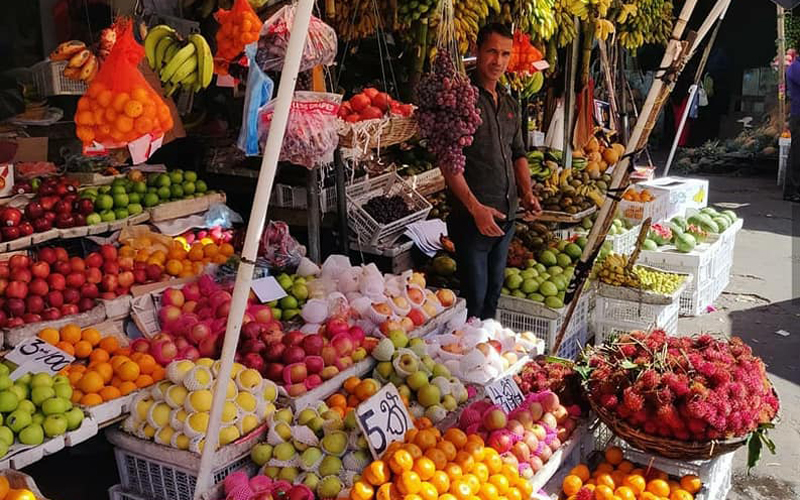 There is room for everyone in the markets of Lanka, the urbanization and association of Chinese community in Ceylon has made a mark on the culture and food habits of the country as well. Tucked downtown, Kollupitiya Market travels you through time zones to the Old Shanghai Market with room full of hand-pressed bean curd, Sichuan peppercorns to a plethora of oysters, mussels, parrotfish and more for a pescetarian’s paradise. With LKR 300 a kilo for fresh oysters, Kollupitiya market has everything to set you an authentic Chinese eatery.
There is room for everyone in the markets of Lanka, the urbanization and association of Chinese community in Ceylon has made a mark on the culture and food habits of the country as well. Tucked downtown, Kollupitiya Market travels you through time zones to the Old Shanghai Market with room full of hand-pressed bean curd, Sichuan peppercorns to a plethora of oysters, mussels, parrotfish and more for a pescetarian’s paradise. With LKR 300 a kilo for fresh oysters, Kollupitiya market has everything to set you an authentic Chinese eatery.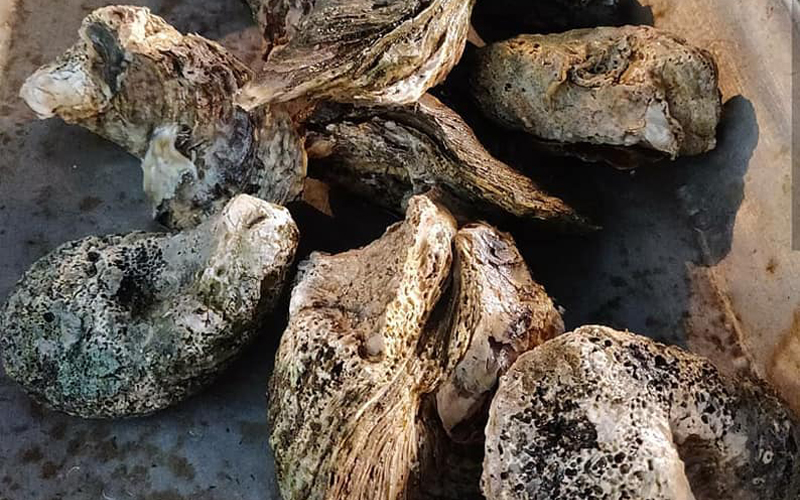 Hence, take a day out to your local market, there will not be any trolley to hold your ingredients while you cruise around shelves of dead wilted vegetables and pre-packed food rather what you will find is a blend of spice, culture, dedication, human emotions and of course clean local produce of the season. Get hold of those few intimidating ingredients, strike a conversation with the vendor, ask where did they bring them from and how to cook it, for he who sells his product knows how to use it the best. Take some tips and replicate it in the kitchen, you won’t be disappointed!
Hence, take a day out to your local market, there will not be any trolley to hold your ingredients while you cruise around shelves of dead wilted vegetables and pre-packed food rather what you will find is a blend of spice, culture, dedication, human emotions and of course clean local produce of the season. Get hold of those few intimidating ingredients, strike a conversation with the vendor, ask where did they bring them from and how to cook it, for he who sells his product knows how to use it the best. Take some tips and replicate it in the kitchen, you won’t be disappointed!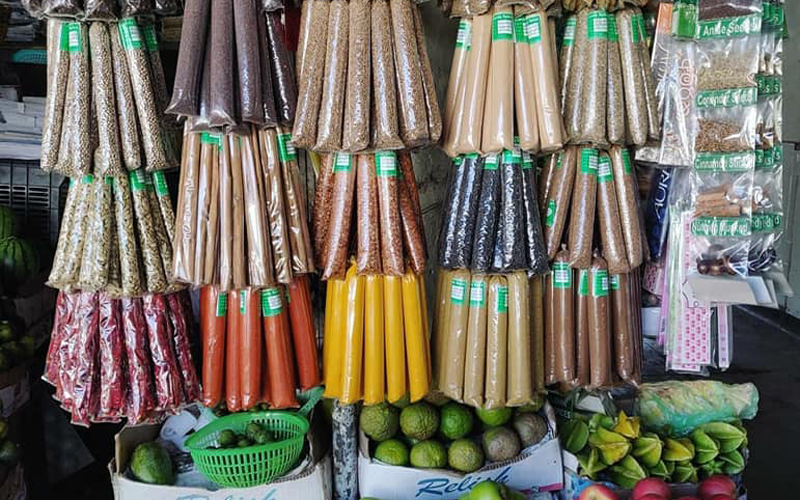
Diganta Chakraborty or more affectionately “Diggy” is a culinary enthusiast, hotelier and enjoys his travel across the world in search of country, culture and cuisine. Diggy has spent a year of quality time in Sri Lanka documenting the intricate cuisine of Sri Lanka from Jaffna to Galle, and is on the quest to break the stereotype of Sri Lankan food being shadowed by Southern Indian cuisine. He spends much of his time either eating in the tribal communities of India or backpacking for culinary trails where the boat sails and can be wooed over with good coffee or a great Gin & Tonic.







